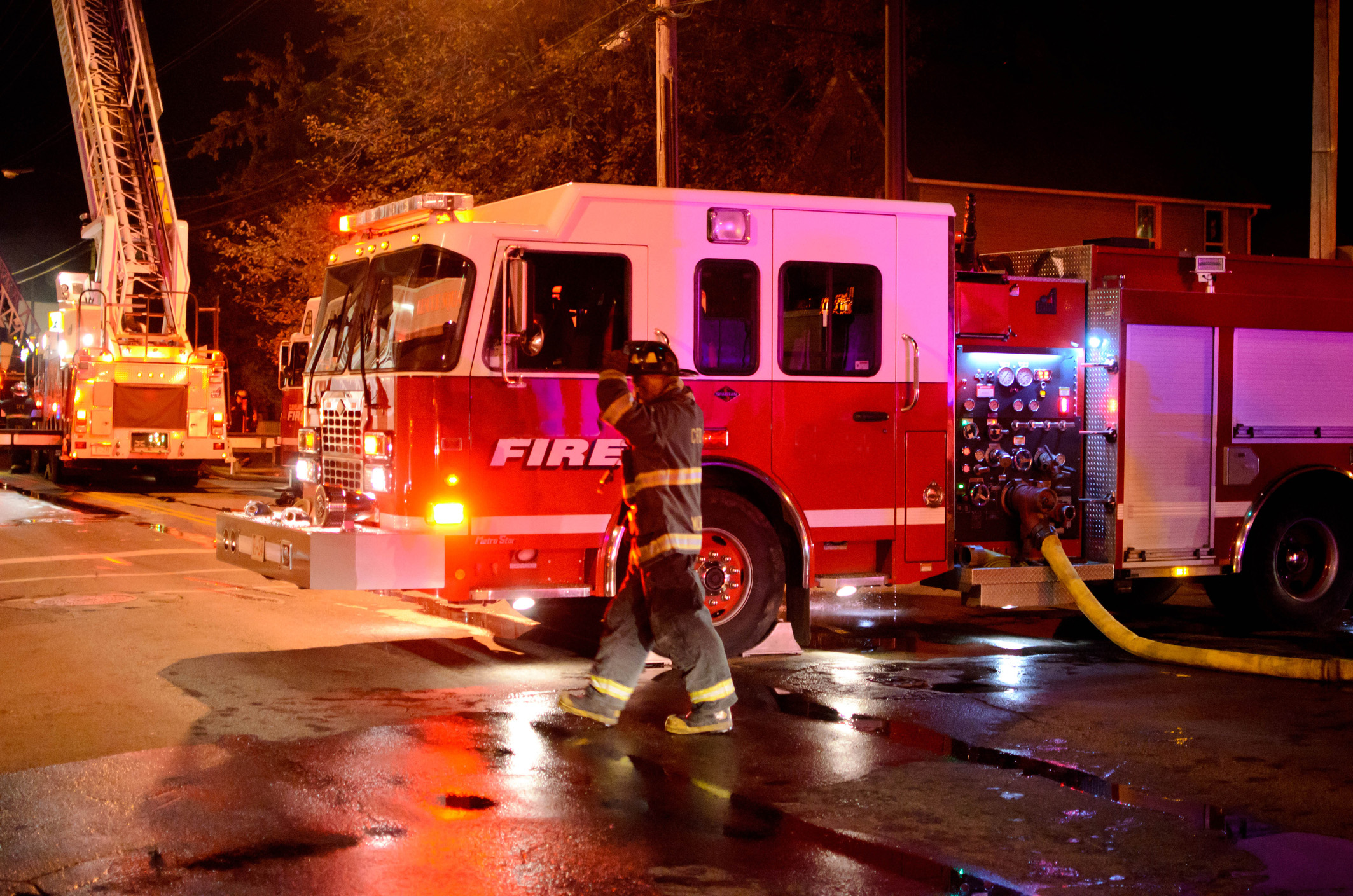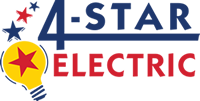
It’s Fire Prevention Week
Most people remember to check their smoke detectors and go over their fire escape plans with family members, but many don’t consider what needs to be done to prevent electrical fires.

According to a report published by the Alberta Office of the Fire Commissioner, there were 237 fires caused by electrical systems and appliances in 2014, resulting in the deaths of 3 people and nearly $24M in property loss. (http://www.ofc.alberta.ca/fire-statistics-reports) Faulty wiring and improper use of electrical systems and extension cords are contributors to these statistics and can be prevented by following safety practices and getting regular electrical inspection of your home. This article provides a general overview of electrical wiring hazards and electrical safety.
Electrical Wiring Hazards
Older homes, and even some newer homes, can have outdated, faulty or inadequate electrical wiring.This can lead to serious fire and electrical safety hazards in your home.
- If any of the following conditions are present in your home, please call a certified electrician to inspect your electrical system.
- You have to unplug one appliance before plugging in another to prevent tripping a breaker.You notice that your lights dim when using certain appliances. These are signs that you are overloading a circuit.
- Your breakers trip frequently and have to be switched back on.
- Your outlets or switches feel warm or hot, a sign that the circuit is overloaded or the wiring is faulty.
- You have one or more extension cords run in your home because you do not have enough outlets.
- Your home was built between the mid 1960s and the mid 1970s and you have aluminum wiring.
An electrician should replace faulty wiring and can install additional outlets, circuits and/or upgrade your electrical panel to ensure you are only putting supportable and safe loads on each circuit.
- You have children but do not have tamper resistant receptacles (TR).
- You do not have ground fault interrupter devices (GFCIs) in the kitchen, bathrooms, laundry, and outdoor areas.
- You do not have arc-fault circuit interrupters (AFCIs) protecting your outlets.
2015 Canadian Electrical Code Required Safety Devices
- Tamper Resistant Receptacles (TR). A shutter mechanism inside the TR device will block access to the contacts unless a two-prong plug is inserted, helping ensure foreign objects will be locked out.
- Ground Fault Circuit Interrupters (GFCI). A GFCI device detects current that is flowing along an unintended path, such as through water or a person and disconnects power to that circuit. It is required by code to be installed in all areas that are at risk of becoming wet or damp.
- Arc-fault Circuit Interrupters (AFCI). An AFCI is a circuit breaker that detects potentially dangerous electrical arcs and disconnects power as soon as one is detected. An update in the 2015 Canadian Electrical Code now requires AFCIs to be installed in all new circuits in a dwelling, instead of only bedroom circuits, as was required previously.
Electrical Cord Safety
When you must use an extension cord temporarily, keep the following safety tips in mind.
- Regularly inspect cords for signs of wear and discard any that are worn or frayed.
- Never break off the third prong on a plug to plug it into a two-pronged outlet. Replace all two-pronged outlets with three-pronged outlets.
- Avoid running extension cords under carpets or across doorways.
- Use multi-outlets devices such as power bars and surge protector bars sparingly as you risk overloading a single circuit.
- Keep extension cords away from sources of heat and power.
- Avoid running vehicles over an extension cord.
Obviously the safest scenario would be to never have to use an extension card in your home. Having an electrician install additional outlets will go a long way towards eliminating extension cord fire hazards from your home.
Electrical Home Inspections
Reduce your risk of fire. Schedule regular inspections by a licensed electrician to ensure your electrical system is safe and up to current electrical code standards. Call Westridge Electric with your electrical safety questions or concerns. 403-995-FLIP (3547)


